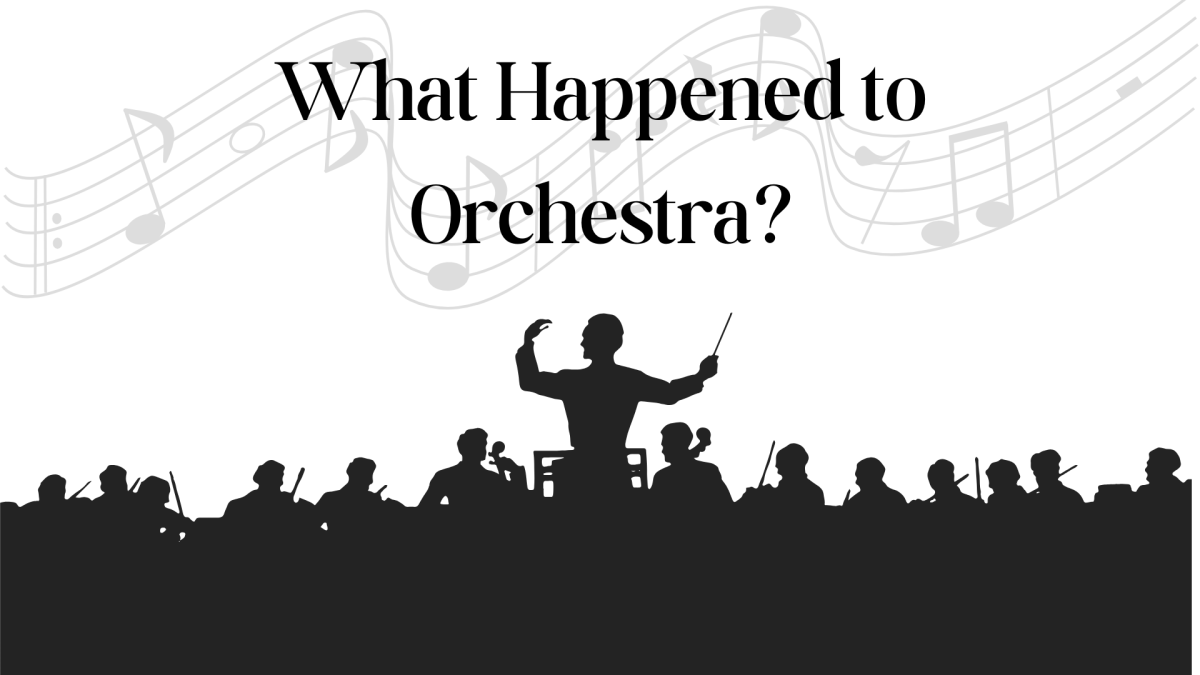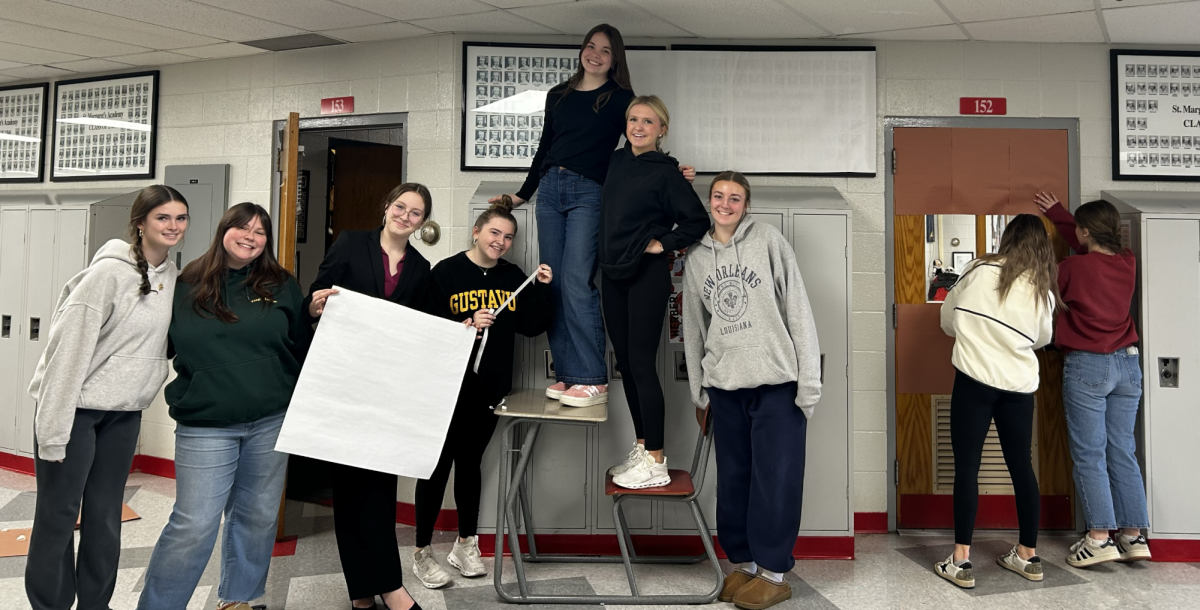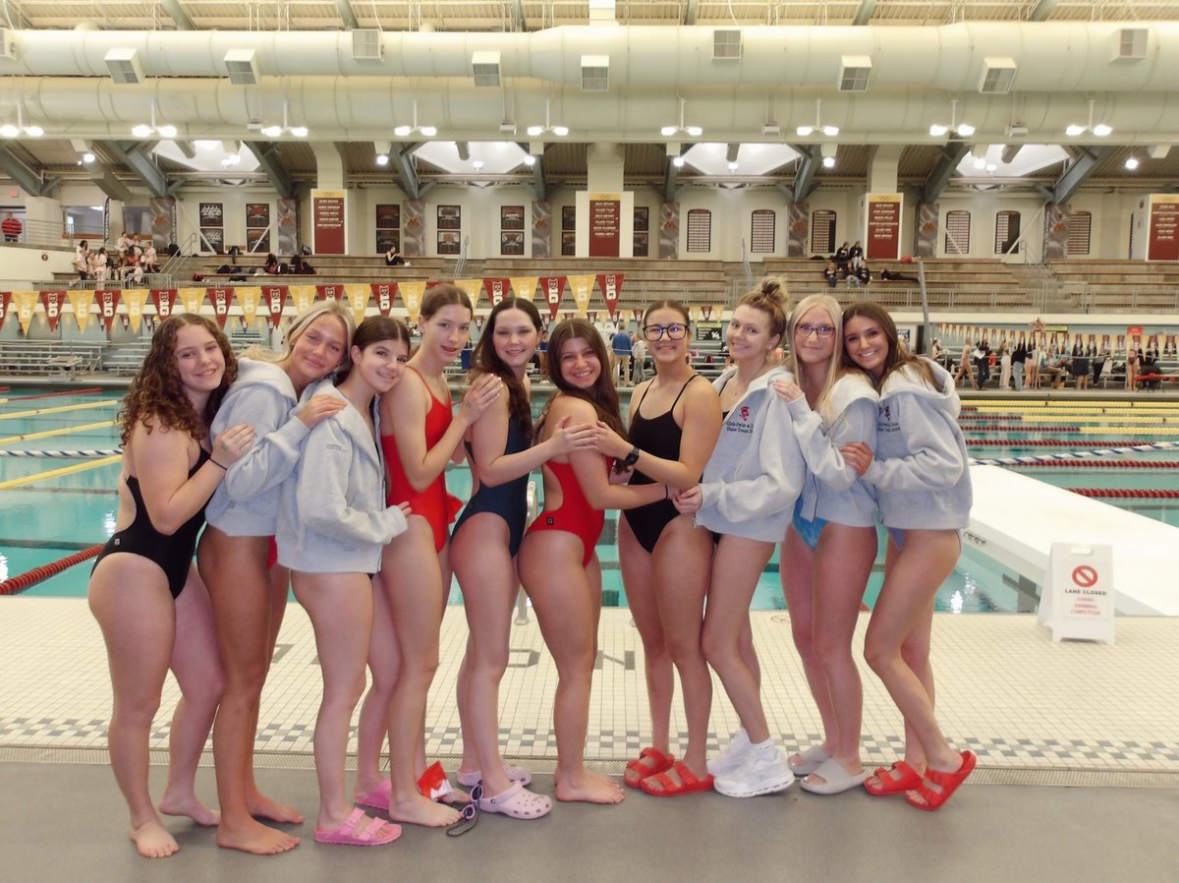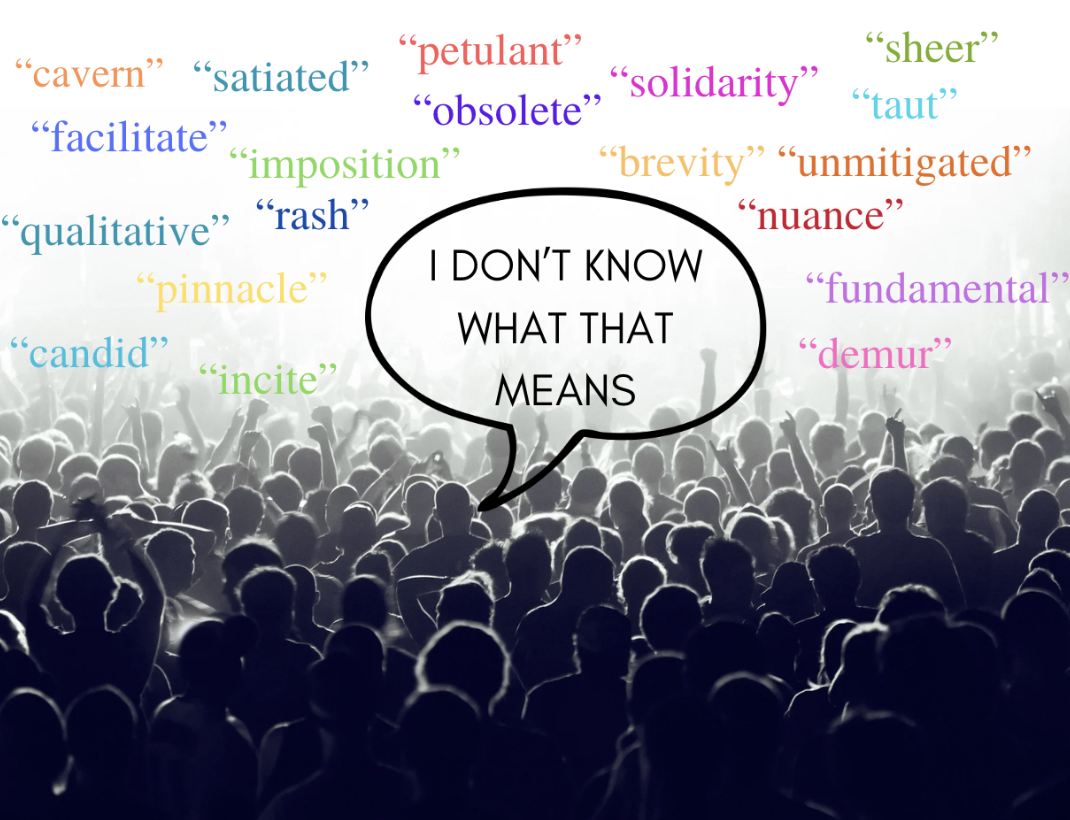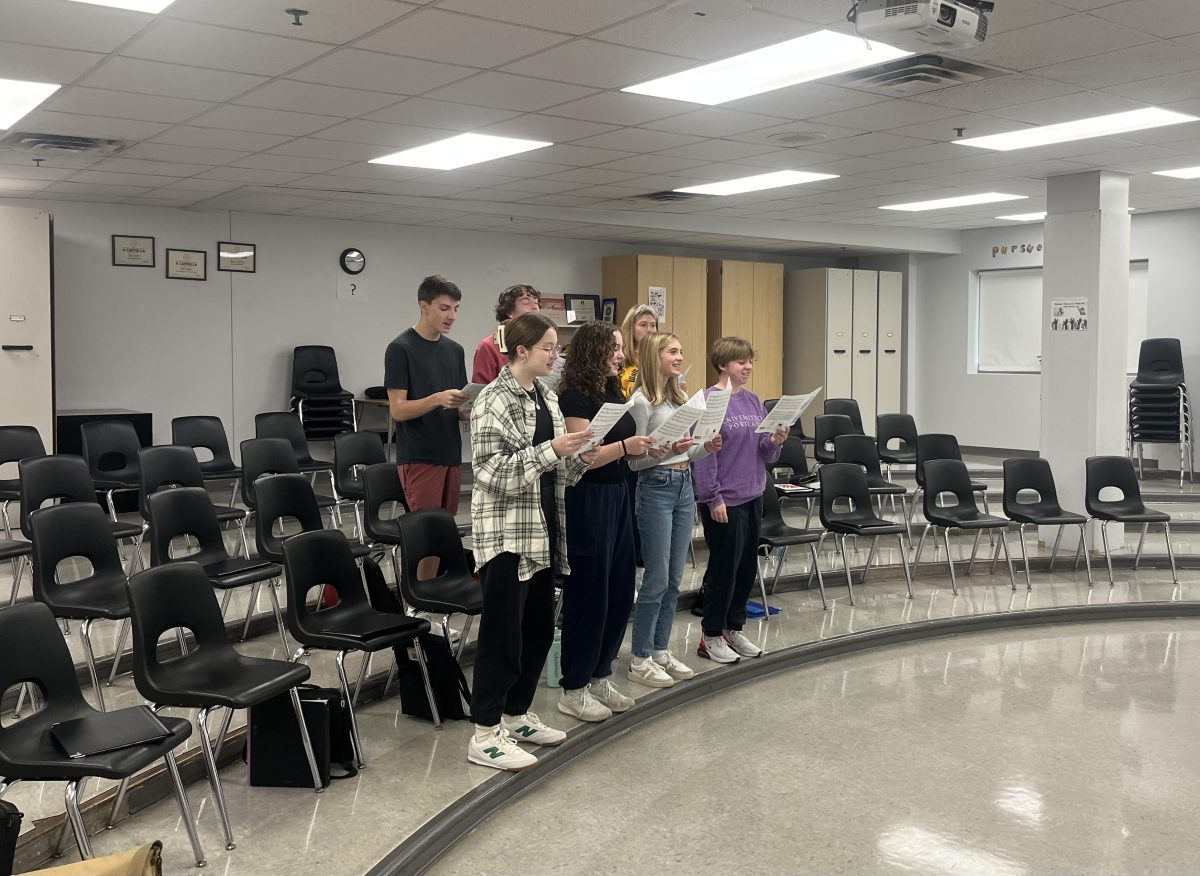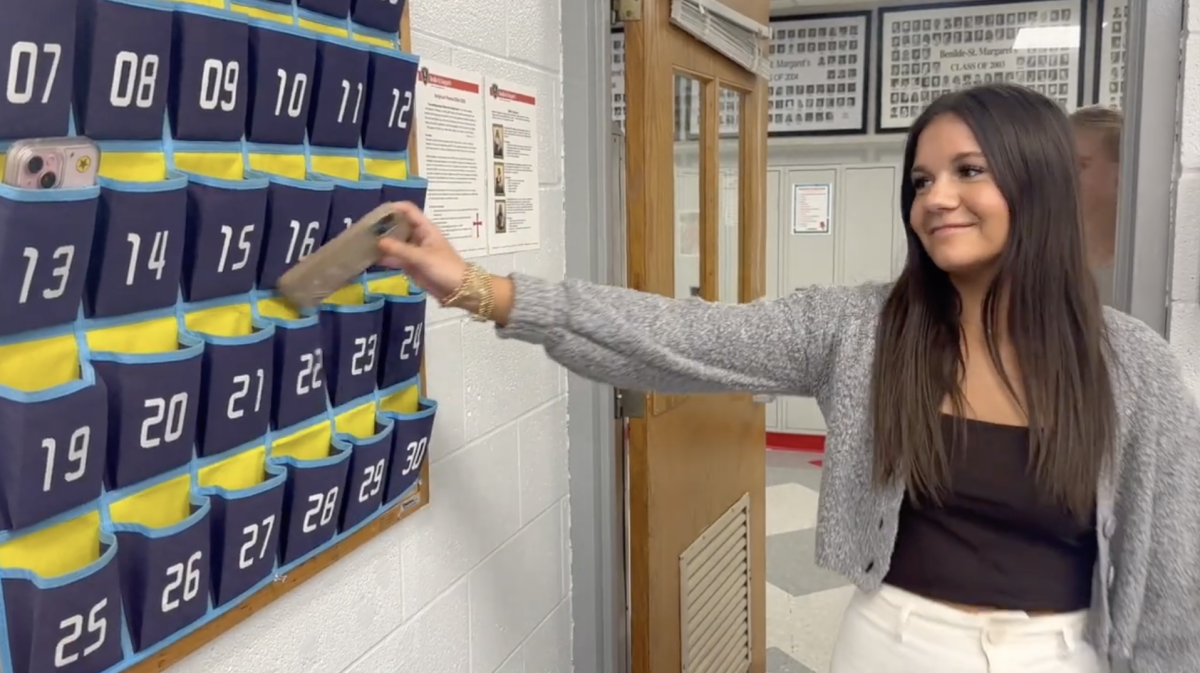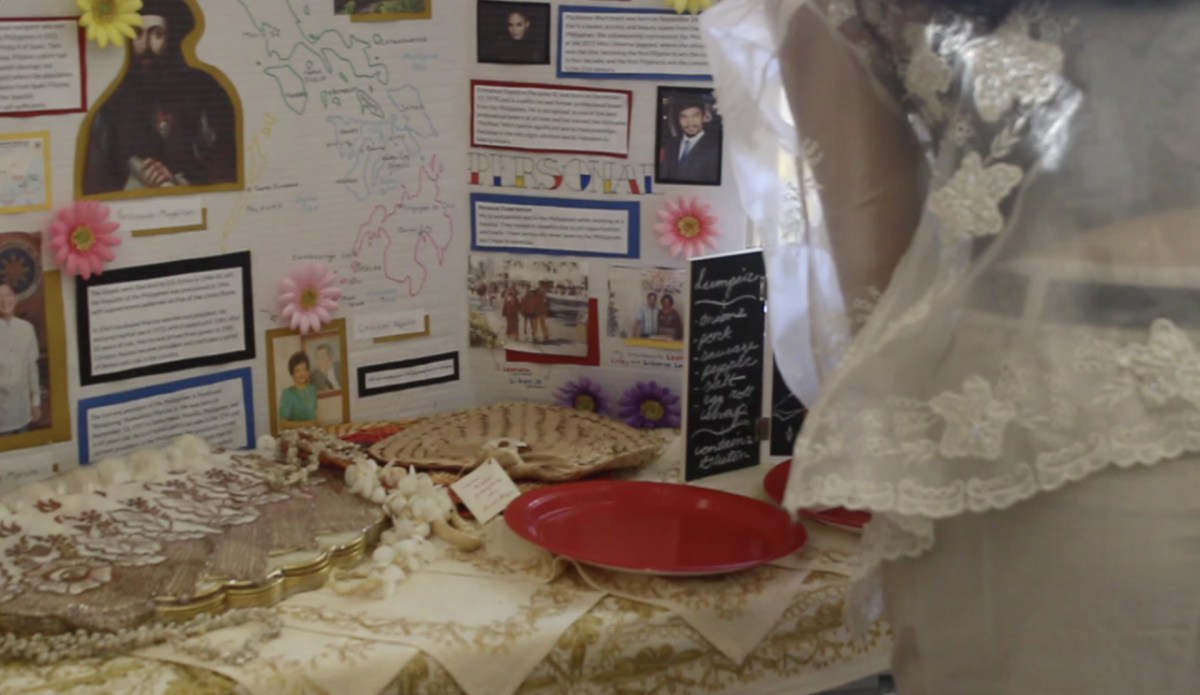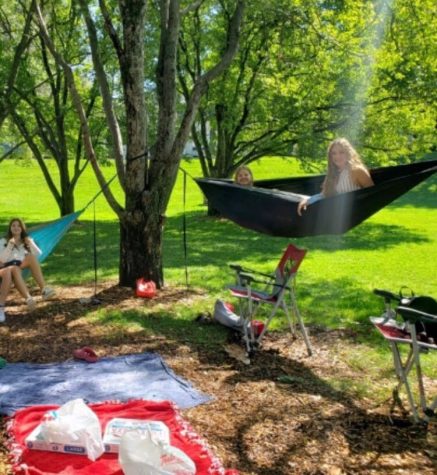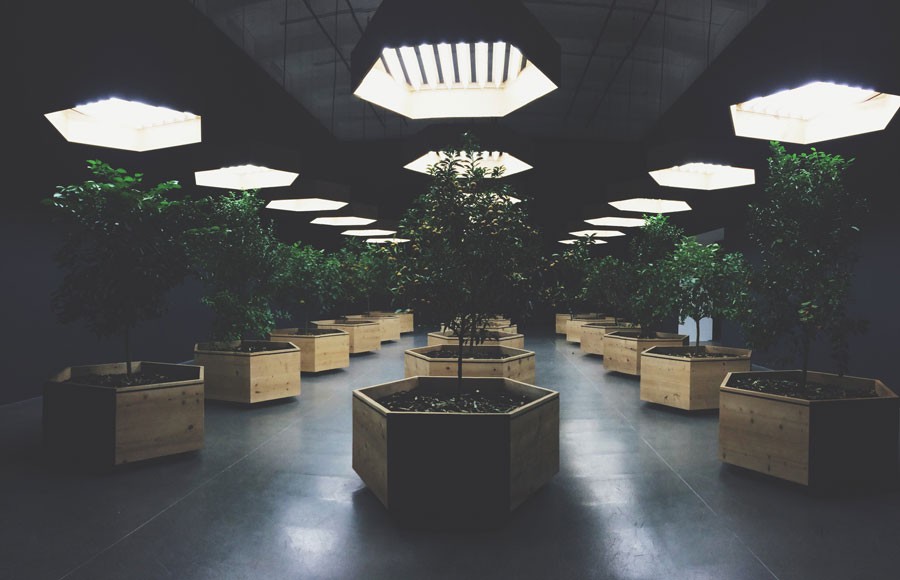Hippie Modernism exhibit comes to the Walker
A walk through this room full of different species of trees in octagonal containers marks the end of the Hippie Modernism Exhibit at the Walker.
The Walker’s most recent exhibit, “Hippie Modernism” opened fall 2015. As a traveling exhibit, Hippie Modernism showcases what the Walker describes as the “art, architecture, and design of the counterculture of the 1960s and early 1970s.”
I was absolutely enamored with the Walker Art Center’s previous exhibit, “International Pop.” I maybe went six times. I absolutely loved it, and I was convinced that the next one couldn’t possibly match the level of inspiration and awe that I felt when visiting. Hippie Modernism completely proved my predisposed ideas wrong. Without a doubt, it’s one of the most incredible, thought-provoking exhibits the Walker has ever introduced.
Without a doubt my favorite part of the exhibit is the first piece: a video mixed with deep sound and bright colors located in a small dark room. There’s no real plotline to this kind of media: rather a subjective mix of low hums and bright circles; for the 60’s and 70’s, it fits right in.
The political propaganda and experimental art forms of the 60’s and 70’s were enhanced by the pairing of music and visual arts, an unusual combination for exhibits. For those people who are largely influenced by music, like myself, the experience was enhanced immensely. Being surrounded by visual works with sounds gave shape to the experience as a whole. Music, especially psychedelic rock, is at the heart of the inspiration for many of the exhibit’s works.
This mission of the exhibit is emphasized through Timothy Leary’s mantra of “Turn On, Tune In, Drop Out.” Leary, a Harvard psychology professor in the 60’s and 70’s, was known for his interest and advocacy for psychedelic enhancement. ‘Turn on’ was intended to be a call for individuals to essentially awaken their senses. ‘Tune in’ was an initiative to take action on those senses: interacting with one another and understanding the world around them. Lastly, ‘Drop Out’ meant checking out from societal codependency and understanding one’s self as an individual.
The exhibit channels the relaxed, Woodstock-like culture of the 60’s and 70’s, challenging societal norms and cultural customs of the time. A lot of the time period focused on experimenting with an individual’s perceptions of politics, art, culture, and more.
Although the exhibit ends February 28th, I’d recommend seeing it as soon as possible. The Walker has done an incredible job of bringing a certain time period into artistic translation of the hippie movement, and it would be a shame to miss.



